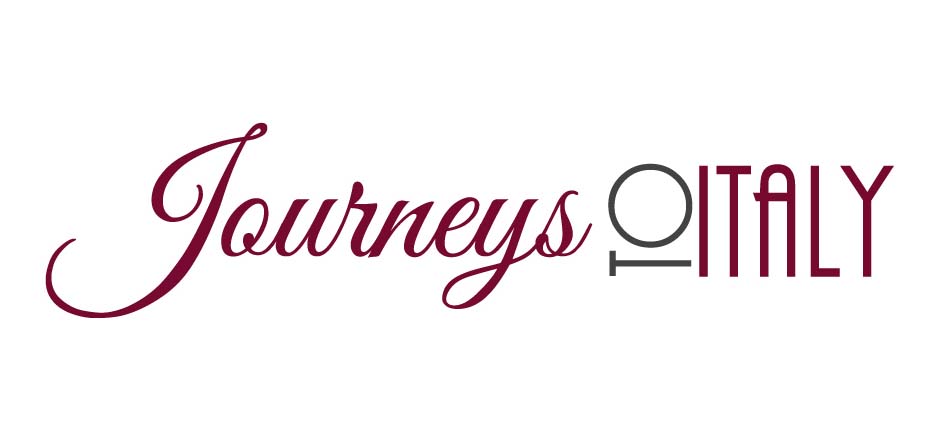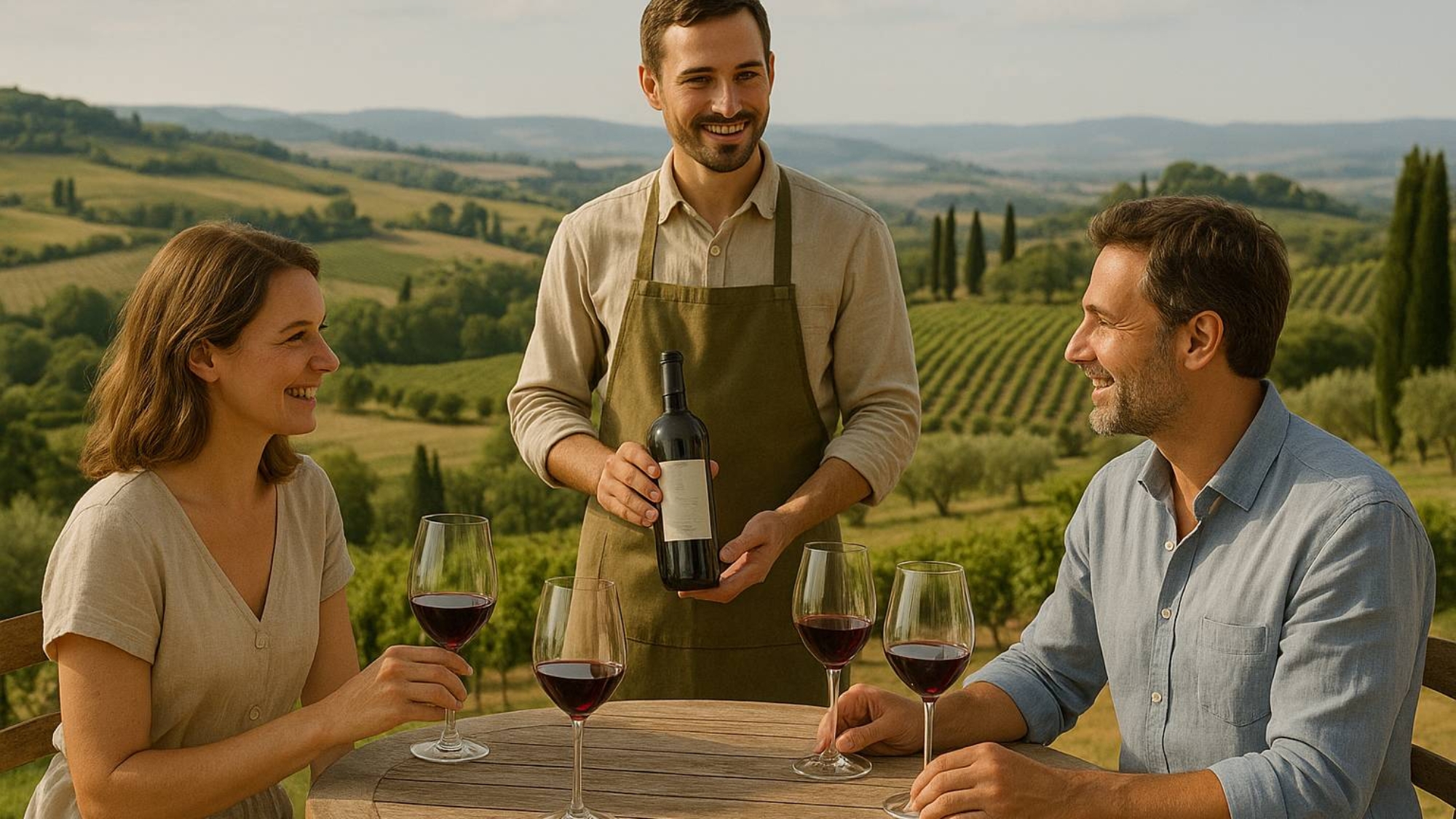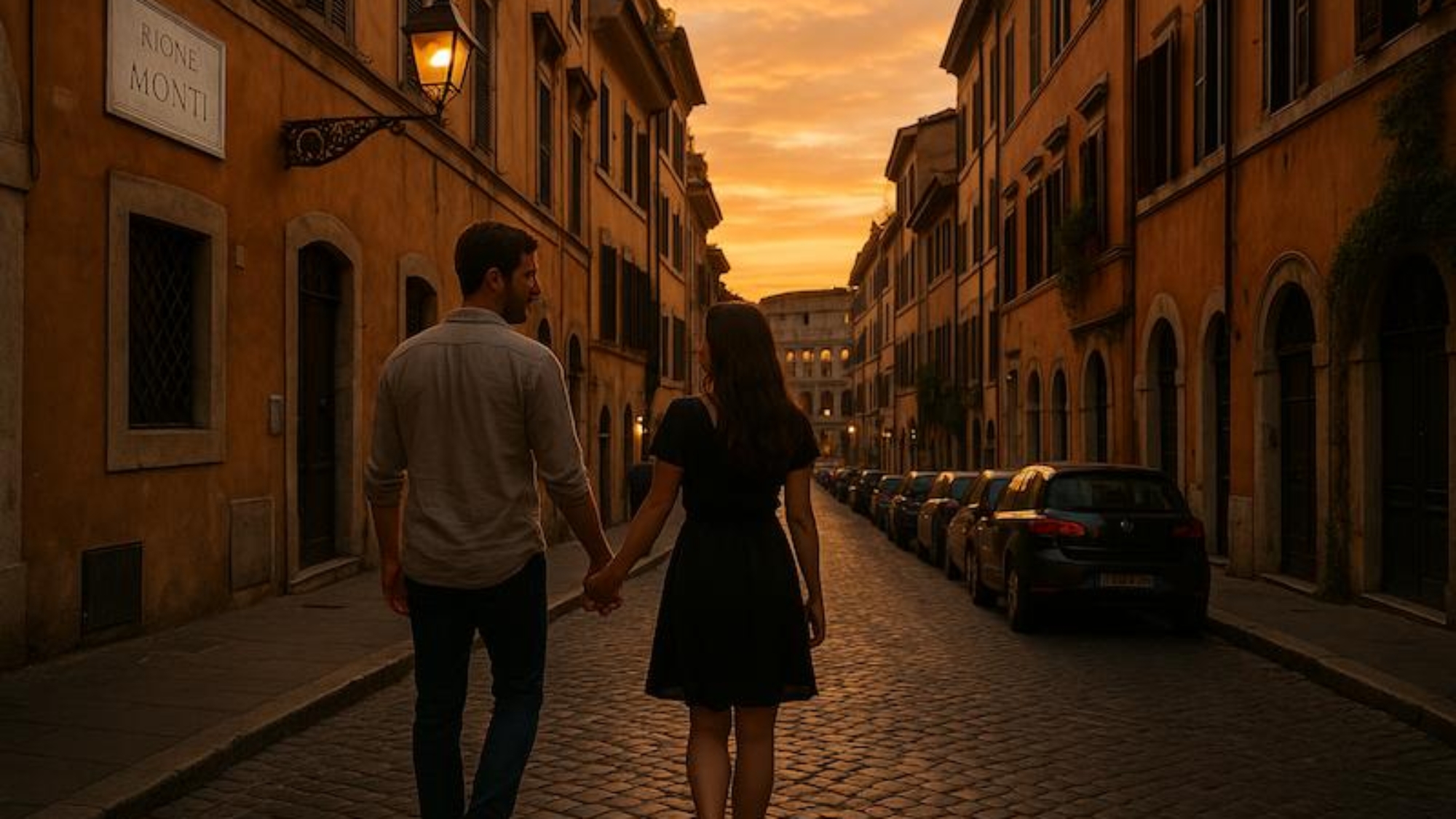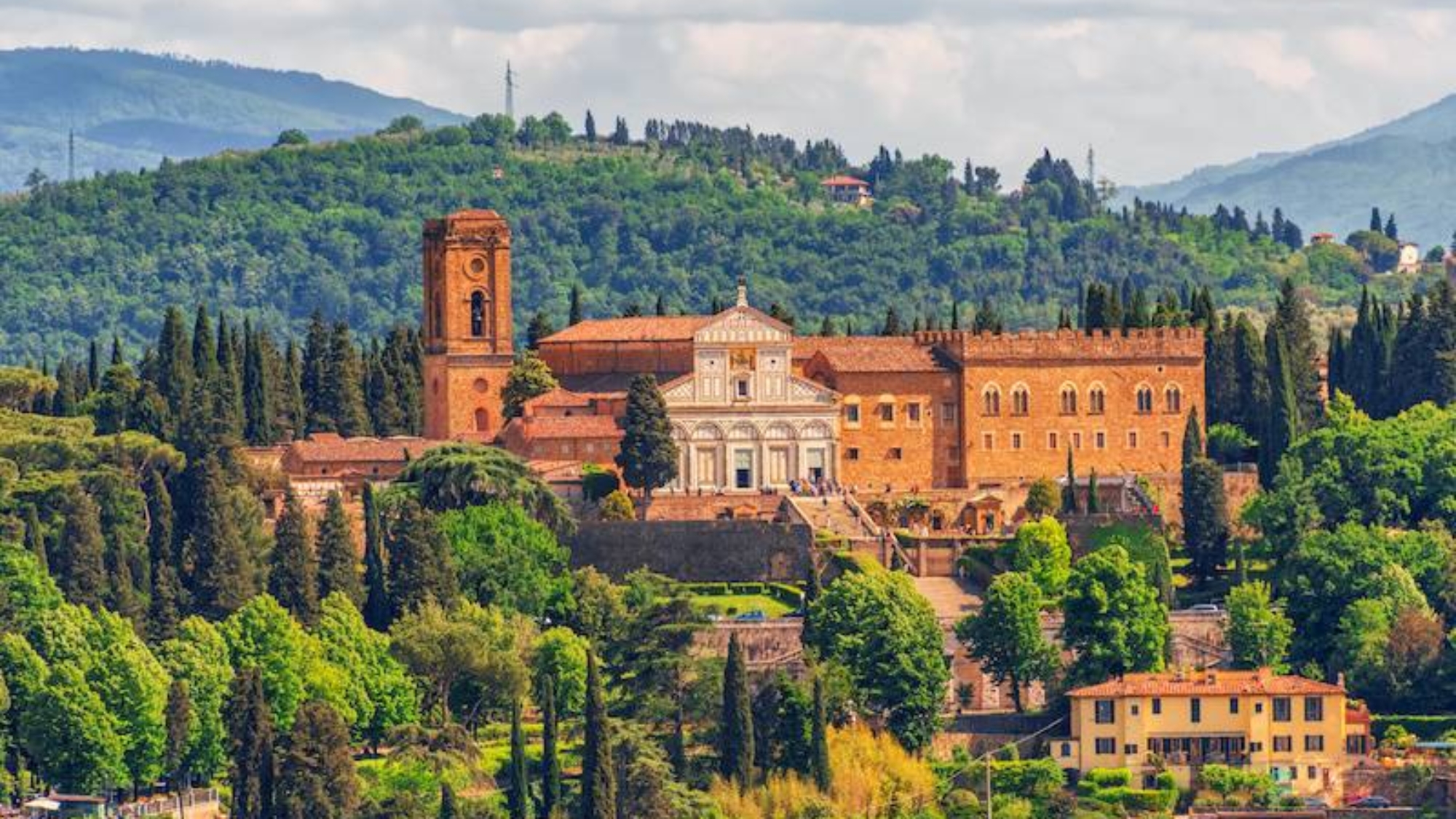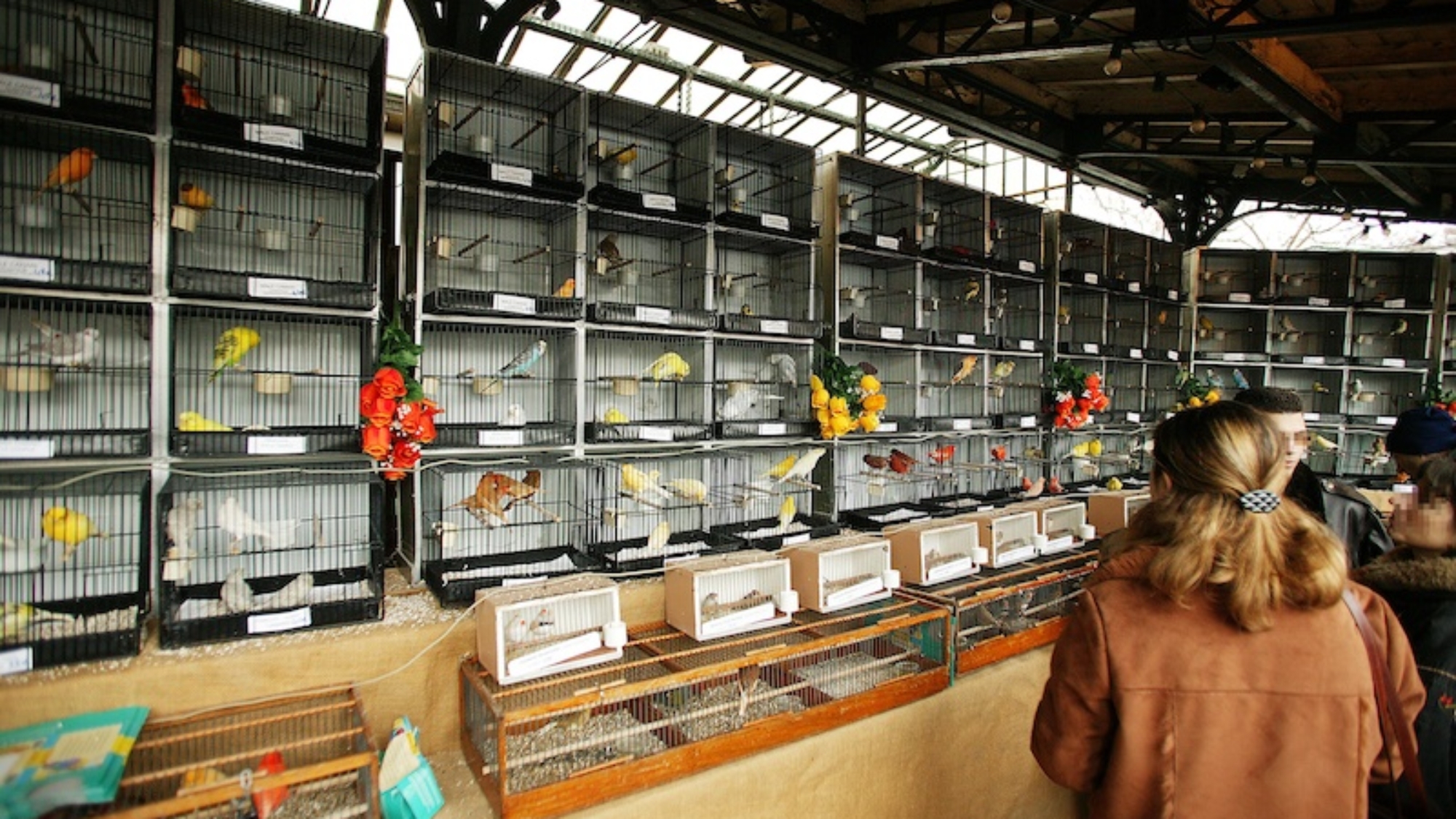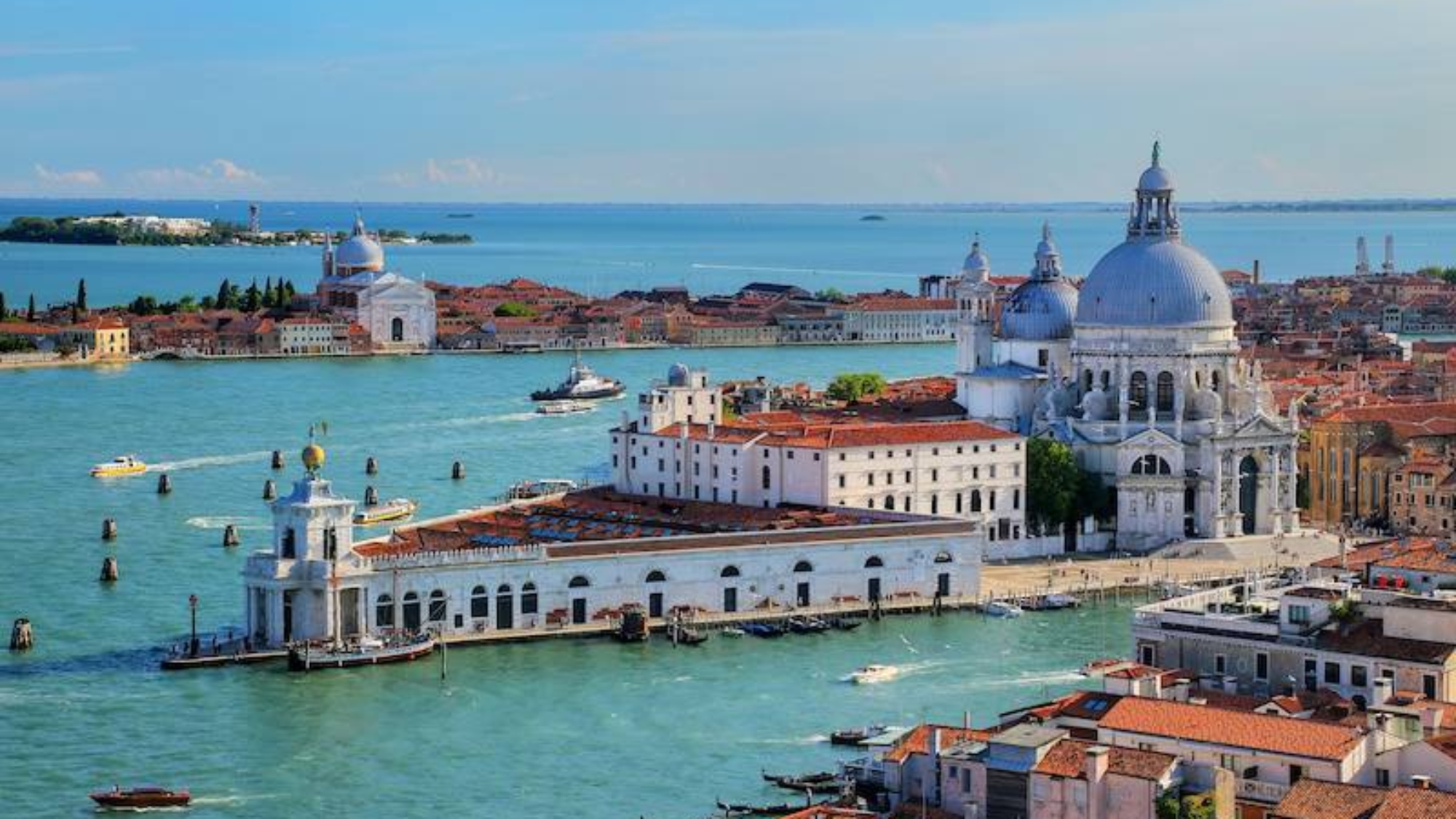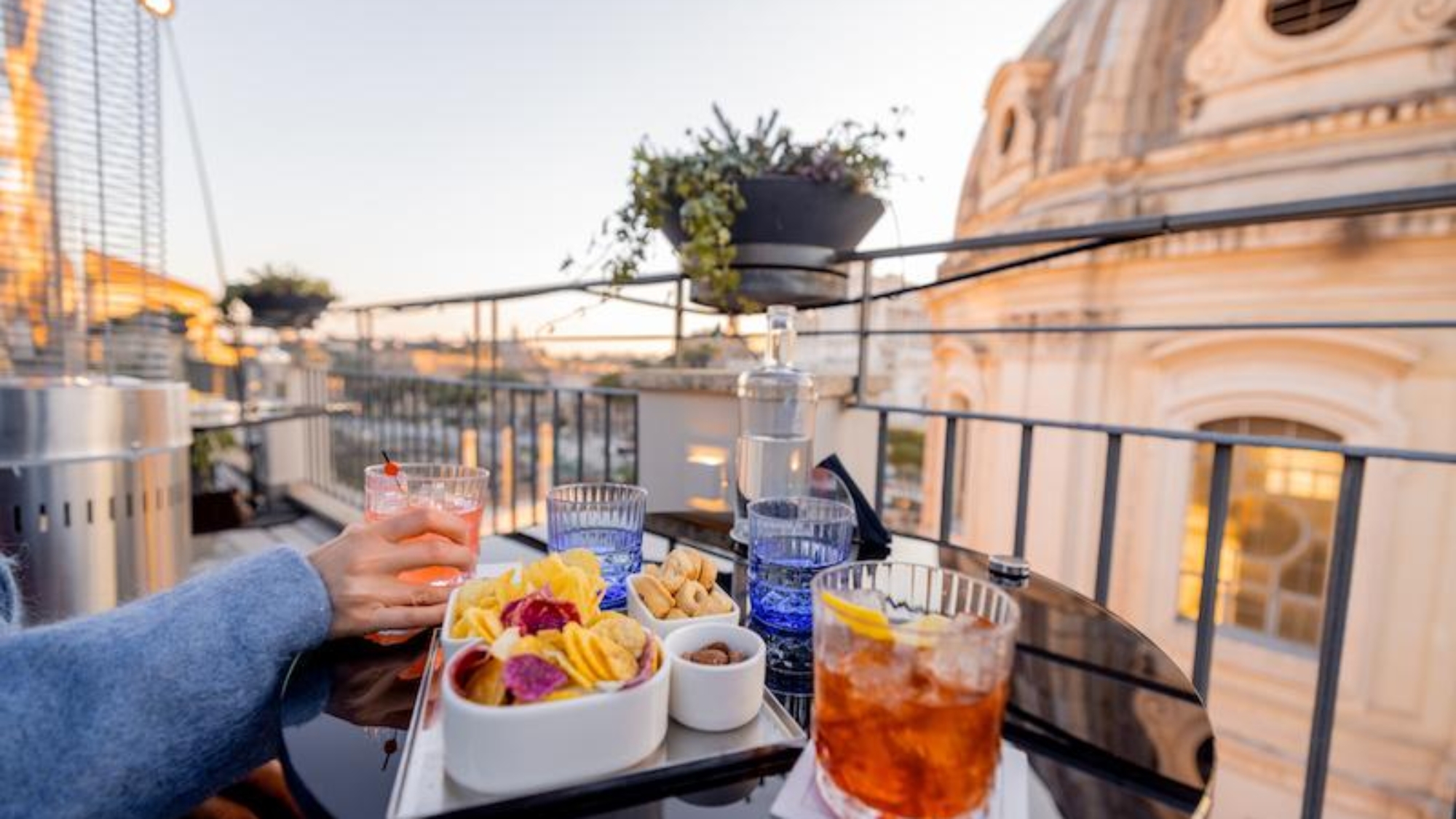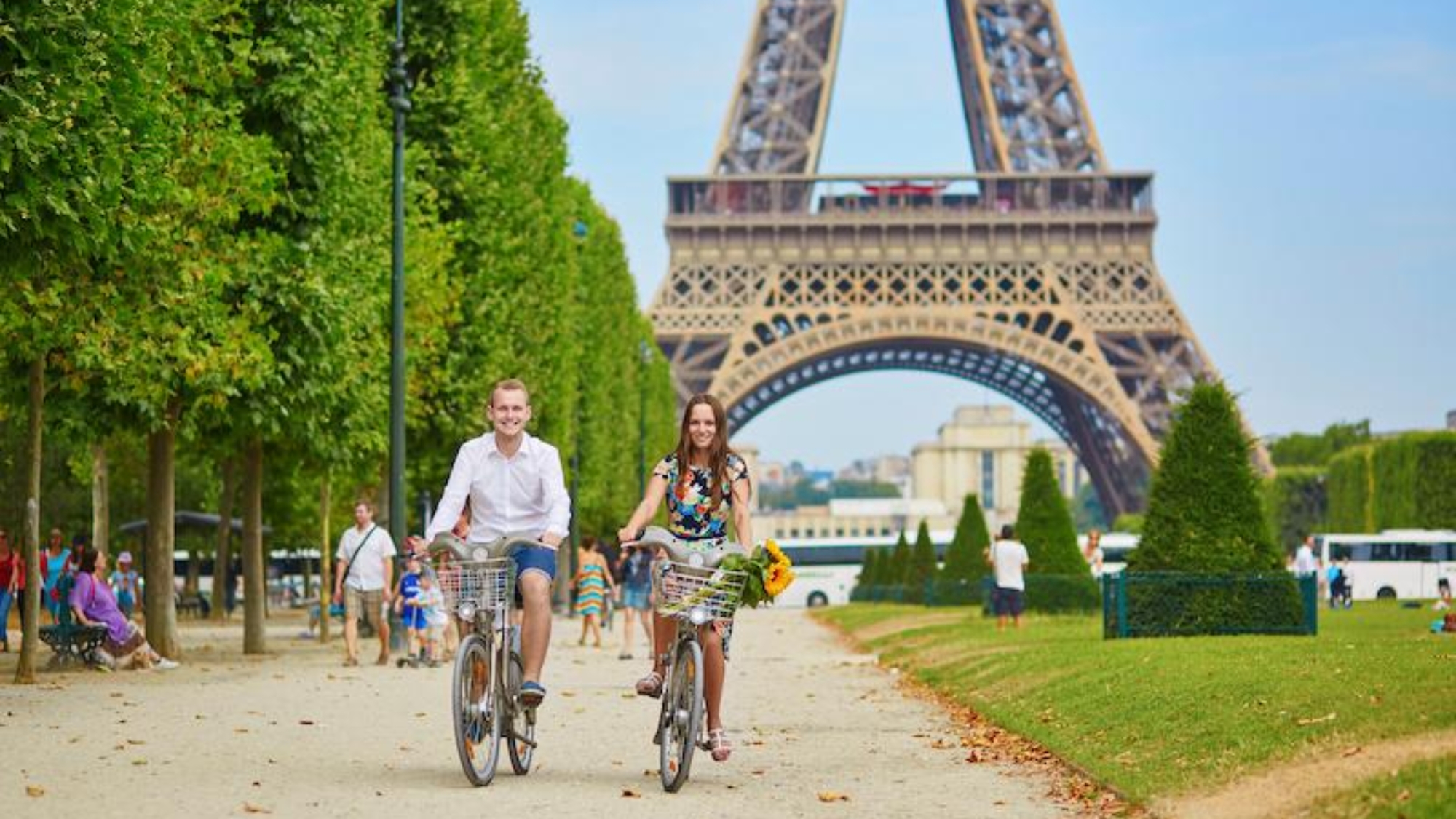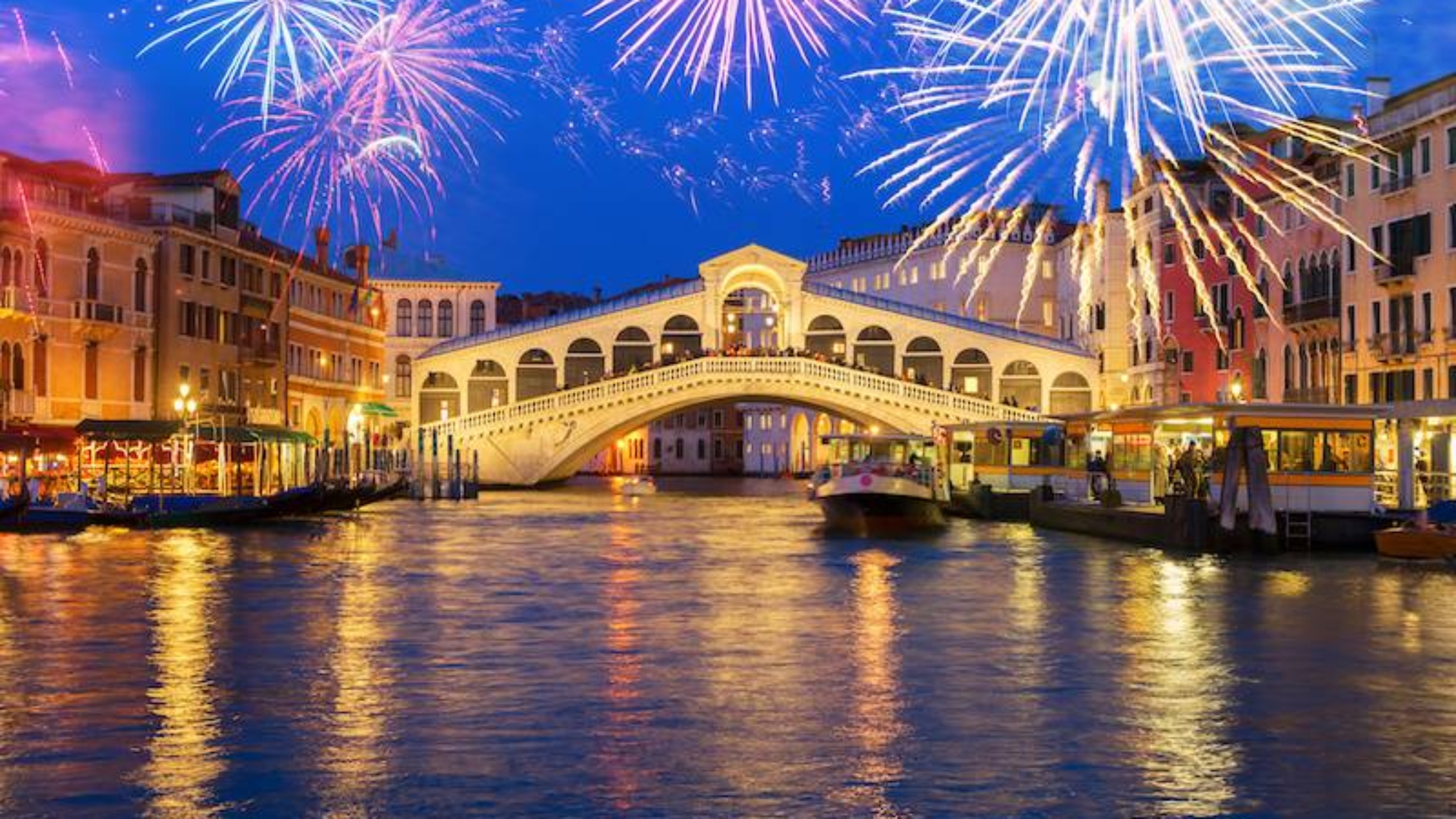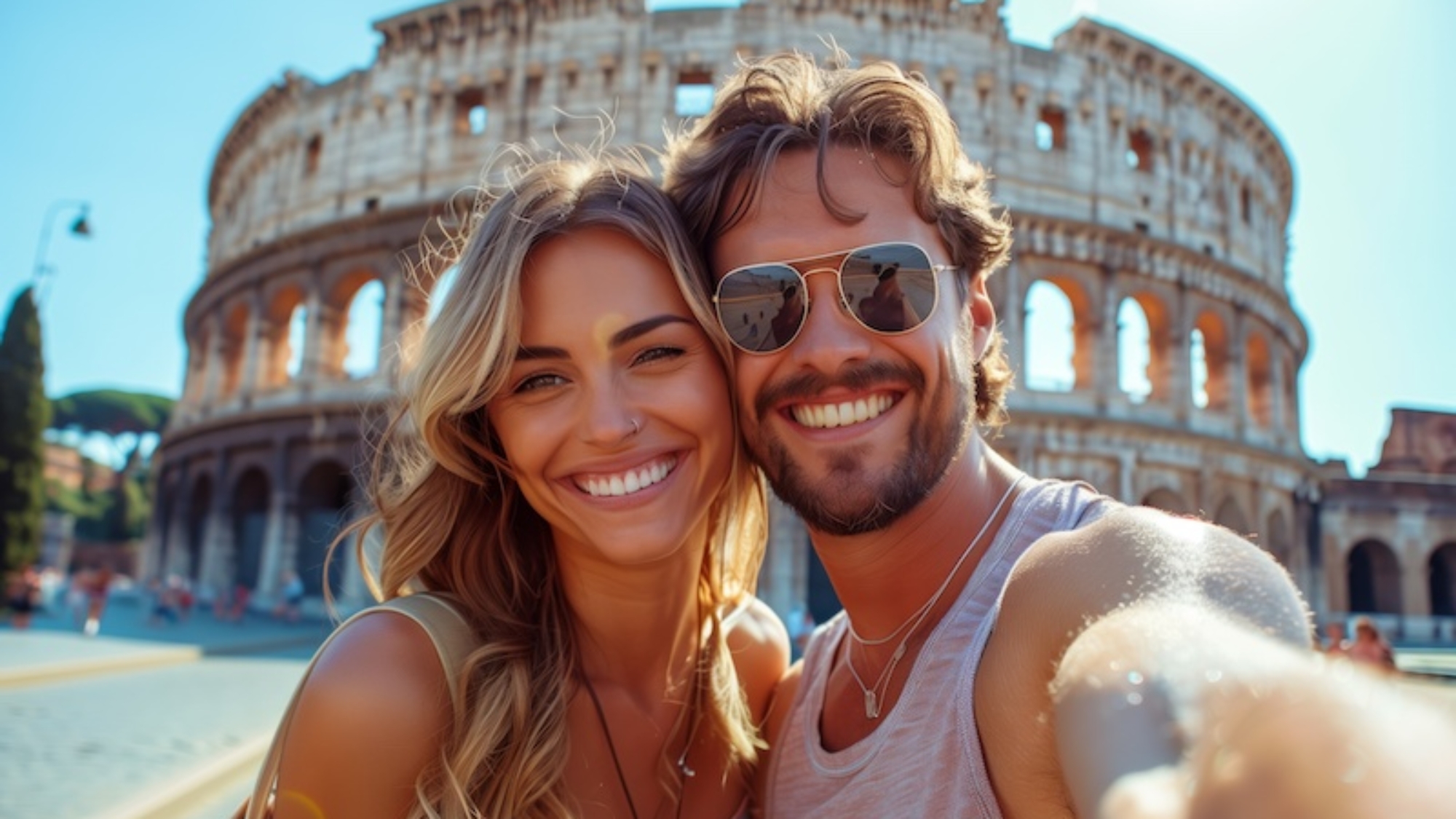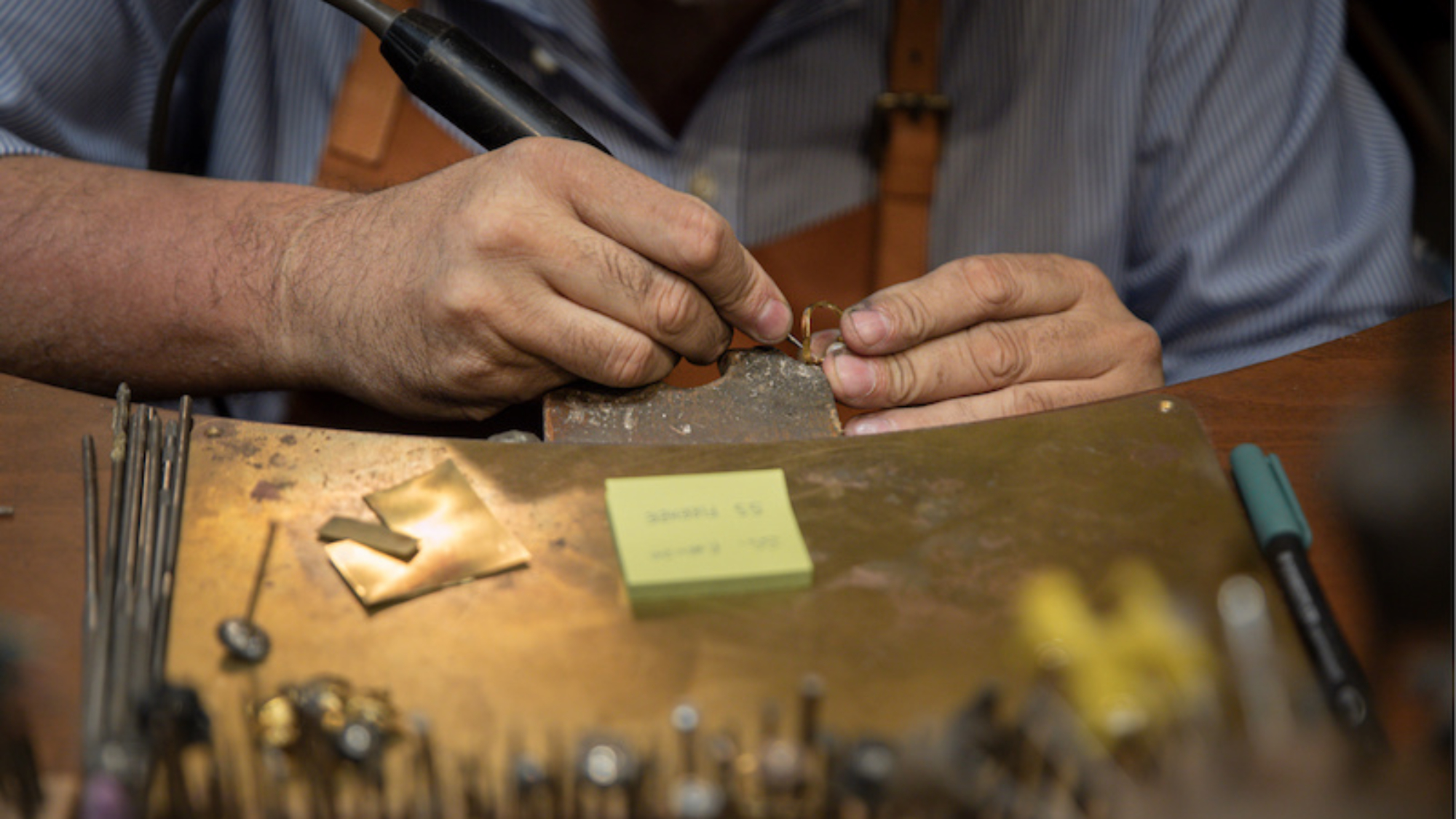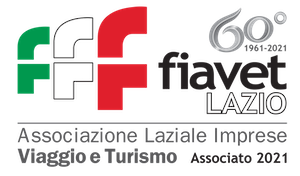Florence is surrounded by one of the most celebrated wine regions in the world—Tuscany, home to centuries-old vineyards, rolling hills, and some of Italy’s most iconic wines. You don’t need a full day to enjoy the magic of this landscape: with half-day wine tours, you can escape the city, taste local varietals, and return in time for dinner.
Enhance your Tuscan experience by booking one of our Florence Tours.
Chianti Classico: The Quintessential Tuscan Wine Tour
Just 30–40 minutes from Florence, the Chianti Classico region is the most popular choice for a half-day wine excursion. Its scenic roads, medieval villages, and prestigious wineries make it ideal for both beginners and connoisseurs.
What to expect:
- Visits to family-owned vineyards or larger estates with centuries of winemaking history
- Tastings of Chianti Classico DOCG, often paired with pecorino cheese, salumi, and bruschetta
- Stops in picturesque villages like Greve in Chianti or Panzano
Most tours include round-trip transport, cellar tours, and small-group formats to ensure a personal experience.
Fiesole and the Hills North of Florence
If you’re short on time but still want a vineyard experience, head to the hills just north of Florence, around Fiesole and Settignano.
These areas offer:
- Small-scale wineries producing Chianti Colli Fiorentini and other Tuscan reds
- Beautiful views over the Florence skyline
- Less-traveled routes for a more intimate, countryside feel
Some wineries in this area offer sunset tastings or early afternoon experiences, perfect for combining with a morning museum visit.
Carmignano: A Hidden Gem for Wine Lovers
West of Florence, about 45 minutes away, lies the Carmignano wine region—less famous than Chianti, but historically significant (it was mentioned in Medici documents as early as the 18th century).
Highlights include:
- Unique blends of Sangiovese and Cabernet Sauvignon, grown in mineral-rich soil
- Visits to historic estates often passed down through generations
- Peaceful, uncrowded tastings in authentic Tuscan settings
This is a great option for visitors looking for something off the beaten path.
Wine and Olive Oil Tastings in the Tuscan Hills
Many half-day tours from Florence combine wine tasting with extra virgin olive oil sampling, giving a broader sense of Tuscan agricultural tradition.
Expect:
- Guided walks through vineyards and olive groves
- Cellar tours explaining traditional vs. modern methods
- Tastings of olio nuovo (new harvest oil) on fresh bread, along with selected wines
These tours are usually hosted by agriturismi or boutique estates, ideal for travelers seeking authenticity and scenic tranquility.
Tips for Choosing the Right Wine Tour
- Check departure times: Morning and afternoon options are available; late-afternoon tours often include golden-hour views.
- Opt for small groups: Look for tours capped at 8–12 people for a more personalized experience.
- Ask about food pairings: Many include local snacks or light lunches.
- Dress appropriately: Casual, comfortable clothing and closed shoes are best—vineyards can be rocky or uneven.
- Book early in August and September: These are peak months for wine tourism and harvest activities.
Final Thoughts
You don’t need a full-day commitment to experience the essence of Tuscan wine culture. These half-day wine tours from Florence are perfect for travelers looking to balance city exploration with a taste of the countryside. Whether you’re sipping Chianti under a pergola or sampling bold reds in a historic villa, each experience offers a sensory journey through one of Italy’s most beloved traditions.
